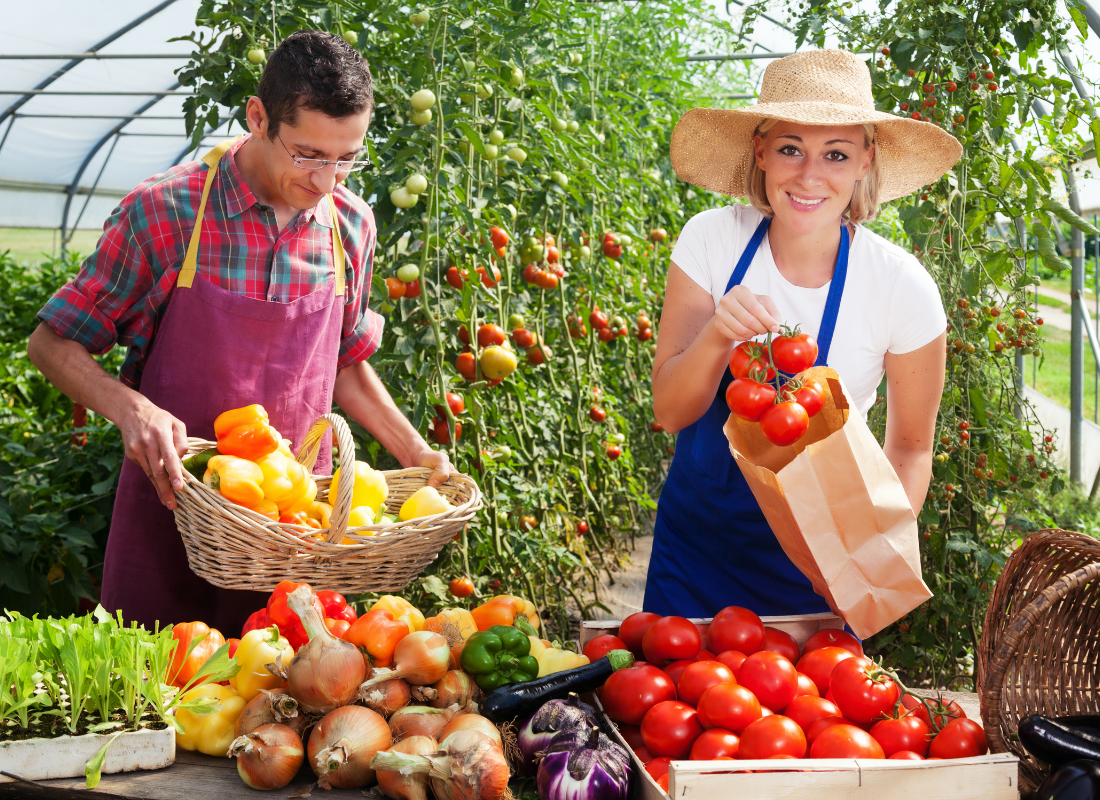
In recent years, organic products have risen in popularity, often touted as the superior choice for health, the environment, and overall quality. Supermarkets dedicate entire aisles to organic goods, and farmers’ markets brim with offerings that carry the coveted “organic” label. But are organic products always the better choice? This article critically examines the benefits, drawbacks, and nuances of organic products, challenging the assumption that they are universally superior.
What Does “Organic” Really Mean?
To understand the debate, it is essential to define what “organic” entails. Organic farming prohibits the use of synthetic pesticides, fertilizers, and genetically modified organisms (GMOs). It emphasizes natural processes, such as crop rotation and composting, to enhance soil health and promote biodiversity. Organic livestock must be raised under specific welfare standards, with access to outdoor spaces and no routine use of antibiotics or growth hormones.
While these principles sound appealing, the organic label does not necessarily guarantee perfection. Standards vary between countries, and enforcement can be inconsistent. Furthermore, the label often focuses on production methods rather than the end product’s nutritional or environmental attributes.

Nutritional Value: Is Organic Healthier?
One of the most common claims about organic products is that they are healthier than their conventionally produced counterparts. Some studies suggest that organic fruits and vegetables contain slightly higher levels of certain antioxidants and lower levels of pesticide residues. However, the nutritional differences are often marginal and unlikely to significantly impact overall health.
For example, an extensive meta-analysis published in the British Journal of Nutrition found modest increases in antioxidant levels in organic produce. Yet, the study also noted that these differences might not be meaningful in the context of a balanced diet. The health benefits of consuming fruits and vegetables—organic or not—outweigh any potential advantage of organic options.
Additionally, organic processed foods, such as cookies or chips, are not inherently healthier than conventional versions. The term “organic” does not eliminate added sugars, unhealthy fats, or high calorie counts. Thus, the perception of organic as synonymous with “healthy” can sometimes lead to misguided choices.
Environmental Impact: A Mixed Picture
Organic farming is often praised for its environmental benefits, including reduced chemical use, improved soil health, and greater biodiversity. However, these benefits come with caveats.
Land Use and Yield
Organic farming typically requires more land to produce the same yield as conventional farming. A study published in Nature found that organic farms generally have lower yields, particularly for staple crops like wheat and potatoes. This lower efficiency can lead to greater deforestation or land conversion to meet food demand, counteracting the environmental benefits of reduced chemical use.
Carbon Footprint
Organic farming’s impact on greenhouse gas emissions is complex. While it avoids synthetic fertilizers—a significant source of nitrous oxide emissions—organic farming often relies on manure, which also releases greenhouse gases. Moreover, the increased land use associated with organic farming can contribute to higher overall emissions.
Biodiversity and Soil Health
Organic farming’s emphasis on crop diversity and natural pest control often benefits local ecosystems. Practices such as crop rotation and reduced chemical use can improve soil health and promote biodiversity. These advantages are undeniable, but they are not exclusive to organic farming. Conventional farms adopting sustainable practices can achieve similar results without the yield penalties associated with organic methods.
Ethical and Social Considerations
Organic farming’s ethical appeal often stems from its treatment of animals and commitment to sustainable practices. Organic livestock standards typically ensure better animal welfare, such as access to pasture and prohibition of routine antibiotic use. However, critics argue that these standards are not always rigorously enforced, and the higher cost of organic meat does not always equate to better practices.
Socially, organic products are often associated with supporting small-scale farmers and local economies. While this is true in some cases, the commercialization of organic farming has led to the dominance of large-scale operations. These industrial organic farms may adhere to the letter of organic regulations while compromising on the spirit of sustainability and fairness.
Cost and Accessibility
Organic products are often significantly more expensive than conventional ones, raising questions about accessibility and equity. For many consumers, the higher price of organic goods is a barrier, making it difficult to justify the additional cost when conventional alternatives are more affordable.
This price disparity also underscores the issue of food justice. In a world where millions struggle with food insecurity, prioritizing organic farming—which often yields less and costs more—could exacerbate inequities in food access. Ensuring that all people have access to nutritious food may require a balanced approach that incorporates both organic and conventional methods.
Misconceptions and Marketing
The organic label is a powerful marketing tool, often evoking images of small family farms and pristine natural landscapes. However, this idealized image can be misleading. As the organic market grows, large corporations increasingly dominate the industry, sometimes prioritizing profit over sustainability.
Moreover, the focus on “organic” as a single metric of quality can overshadow other important factors, such as local sourcing, fair labor practices, and overall sustainability. A conventionally grown apple from a nearby farm might have a smaller environmental footprint than an organic apple shipped thousands of miles.
The Middle Ground: Integrated Approaches
Critiquing organic farming does not mean dismissing it entirely. Instead, it highlights the need for a nuanced approach to agriculture and food systems. Integrated farming methods, which combine the best practices of organic and conventional systems, offer promising solutions.
For instance, precision agriculture uses technology to minimize chemical use while maximizing efficiency. Agroecology emphasizes ecological principles to enhance both productivity and sustainability. These approaches can address many of the shortcomings of both conventional and organic farming, offering a more balanced path forward.

Conclusion: A Question of Context
Are organic products always the better choice? The answer depends on the context and priorities of individual consumers. Organic farming offers clear benefits in certain areas, such as reducing pesticide use and promoting biodiversity. However, its drawbacks—including lower yields, higher costs, and potential trade-offs in land use and emissions—cannot be ignored.
Rather than viewing organic products as universally superior, consumers might consider a broader range of factors when making choices. Supporting local farmers, reducing food waste, and prioritizing sustainably produced items—whether organic or conventional—can have a more meaningful impact than relying solely on the organic label.
Ultimately, the goal should be to create a food system that is equitable, sustainable, and capable of feeding a growing global population. Organic farming has a role to play in this vision, but it is not a panacea. By embracing complexity and avoiding simplistic narratives, we can make more informed decisions about what we eat and how it is produced.










